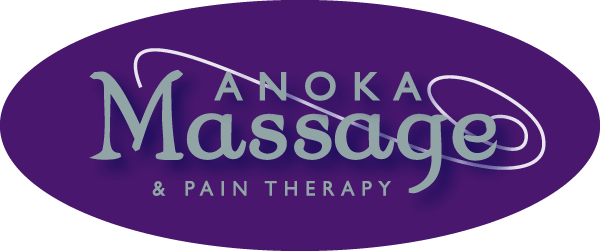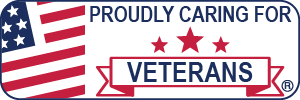Written by TMJ Massage Therapist Alison
I’ve been a massage therapist at Anoka Massage and Pain Therapy since 2012. I have specialized training for helping people who suffer from TMJ. The specialized training for TMJ interested me for numerous reasons. I’ve always enjoyed relieving tension for my clients neck and shoulders, and wanted to take my training to the next level of care, relieving symptoms of TMJ. I personally suffer from TMJ/TMD.
TMJ massage helped me in the first treatment I received. The intraoral (inside of mouth) work and deep tissue massage techniques helped relax my muscles enough to make most of the symptoms go away. My training and knowledge allow me to help others with TMJ dysfunction and symptoms.
Below are common questions clients ask me regarding this work and what to expect, before, during and after a treatment.
What is the TMJ and where is it located?
TMJ stands for temporomandibular joint (TMJ) and it is a joint that connects the lower jaw (also known as the mandible) to the temporal bone of the skull. This joint is called a hinge joint which allows the jaw to help you yawn, chew and talk.
What is TMJ Dysfunction?
TMJ Dysfunction is what occurs from problems with the jaw itself, the jaw joint and most importantly—the surrounding facial and/or neck muscles. Because the cause of this problem is unknown a lot of people consider it a stress disorder and dentists believe the symptoms arise from the muscles of the head and neck.
What are some common symptoms of TMJ Dysfunction?
Minor and common symptoms would include toothaches, headaches, migraines, neck and upper shoulder aches and pains, or earaches and ringing of the ears. Other symptoms are as followed:
- Noises such as; clicking, popping or grating of the jaw while opening and closing the mouth, or chewing
- Jaw often gets stuck or locked while the mouth is being open or closed
- Limited movement of the jaw
- Swelling in one side or both sides of the face
- Pain or tenderness in the face, jaw joint region, around the neck or shoulders, and in or around the ear when during chewing, speaking of opening of the mouth wide
How does a massage help with TMJ Dysfunction?
Massage is one of the many techniques that can help with TMJD. Deep tissue massage can help relax the tense muscles of the jaw, neck and head. Massage helps alleviate pain and tenderness in and around the jaw, increases range of motion in the jaw joint, along with helping relieve headaches, toothaches and earaches. Intraoral work (working inside the mouth) helps with releasing knots and relaxing the muscles that are connected to the jaw joint itself. Intraoral work is key to help with relieving the symptoms of TMJD.
What can I expect during and after my massage for TMJ Dysfunction?
This treatment is often performed in a 60 minute session. If you are looking for a full body massage then we would highly recommended a 90 minute session so that there is enough time to focus on the neck, shoulders and jaw itself along with giving a full body massage. Specifically for a TMJD 60 minute treatment, about 40-45 minutes is spent on the neck, shoulders, scalp and face. The last 15-20 minutes therapists put on sterile gloves to work inside the mouth.
After TMJD treatment clients may feel a little sore possibly for a day or two, particularly on the inside of the mouth. Therapists recommend plenty of water, rest and sometimes suggest that swishing a little mouthwash or salt water in the mouth and spitting it out may also help relieve any soreness.
How often do I receive massage treatment for TMJ Dysfunction?
Most people will notice relief from their symptoms within their session. Depending on the severity of the client’s condition, therapists might recommend getting several sessions close together and then periodically get a maintenance session.




